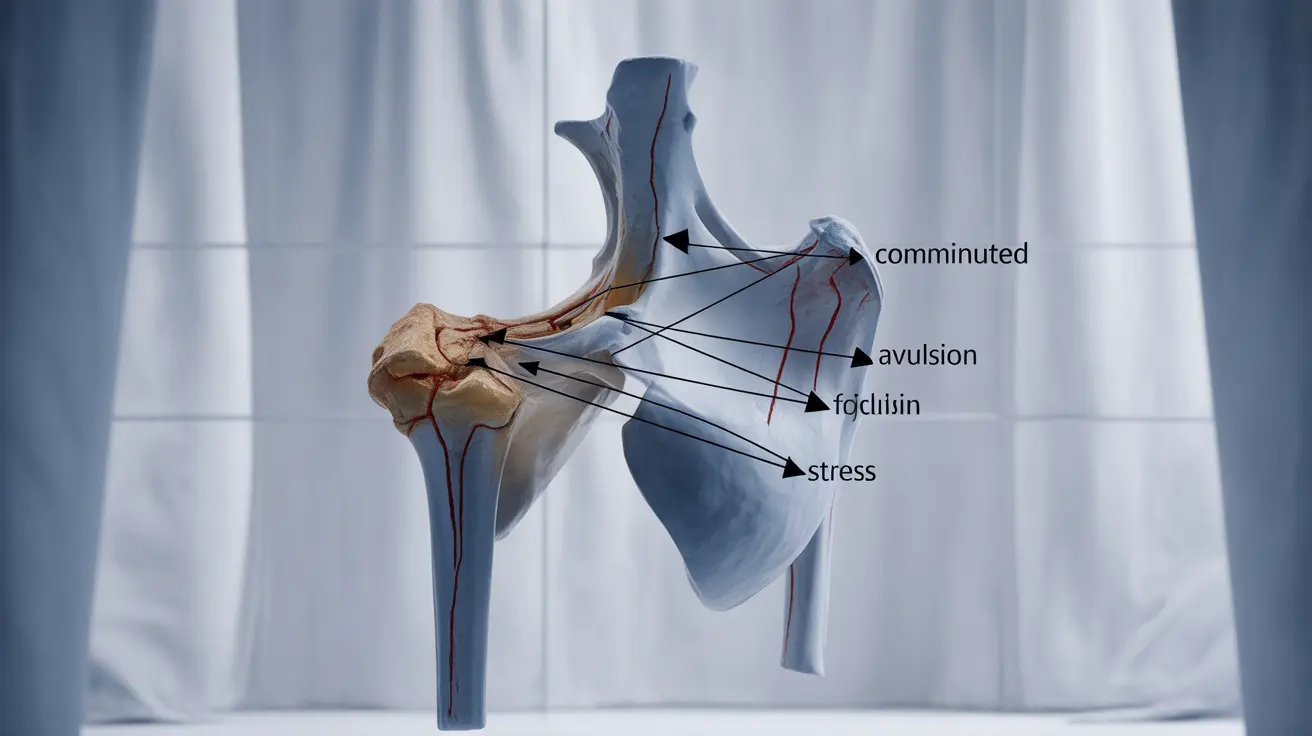In the realm of molecular biology, understanding the structure and function of protein complexes is crucial for unraveling the mysteries of cellular processes. Enter xVis, a groundbreaking online tool that's transforming the way researchers analyze and interpret protein interactions. This innovative web server is designed to convert complex mass spectrometry-derived crosslink data into clear, interactive visual representations, empowering scientists to dive deeper into the intricate world of protein architectures.
xVis stands at the forefront of protein complex analysis, offering a user-friendly platform that bridges the gap between raw data and meaningful insights. By providing customizable diagrams and robust quality assessment features, xVis is quickly becoming an indispensable resource for researchers seeking to validate and interpret the structures of complex protein assemblies.
The Power of xVis in Protein Complex Visualization
At its core, xVis is a web server dedicated to the schematic visualization and interpretation of crosslink-derived spatial restraints in protein complexes. This powerful tool takes tabular crosslinking data obtained from mass spectrometry experiments and transforms it into clear, comprehensible visual formats. The result is a more intuitive understanding of protein structures and interactions, which is essential for advancing research in structural biology and biochemistry.
Interactive Diagram Generation
One of the key features that sets xVis apart is its ability to generate a variety of interactive diagrams. These include circular, bar, and network representations of crosslinks, each offering a unique perspective on the protein complex under study. These visual aids are not just aesthetically pleasing; they're functional tools that allow researchers to explore their data from multiple angles, uncovering patterns and relationships that might otherwise remain hidden in traditional data formats.
Highlighting Spatial Proximities and Functional Regions
xVis goes beyond simple visualization by highlighting the spatial proximities of structurally and functionally annotated protein regions. This feature is particularly valuable for researchers looking to understand how different parts of a protein complex interact and contribute to its overall function. By annotating evolutionary conservation of amino acids and enabling user-defined domain annotation, xVis provides a comprehensive view of protein architecture that combines structural data with functional insights.
Advanced Analysis Tools in xVis
The capabilities of xVis extend well beyond basic visualization, offering a suite of advanced analysis tools that empower researchers to extract maximum value from their crosslinking data.
Clustering and Subcomplex Identification
One of the most powerful features of xVis is its ability to facilitate the clustering of proteins into subcomplexes based on crosslink density. This functionality is crucial for understanding the modular organization of large protein assemblies. By employing sophisticated algorithms like the Markov Cluster (MCL) Algorithm, xVis can identify subcomplexes within protein architectures, providing insights into the hierarchical structure of complex protein systems.
Quality Assessment and Validation
Ensuring the reliability of crosslink identifications is paramount in protein complex analysis. xVis addresses this need by offering robust qualitative assessment tools. Researchers can filter crosslinks according to identification scores or false discovery rates, allowing for the exclusion of low-confidence data points. Furthermore, xVis provides visualization of fragment ion spectra, enabling manual validation of crosslink identifications directly from mass spectrometry data. This feature is invaluable for researchers who need to verify their findings and maintain the highest standards of data integrity.
Real-World Applications of xVis
The versatility and power of xVis have made it an invaluable tool in various research contexts, particularly in the study of complex protein assemblies.
Analyzing Chromatin Remodelers and Phosphatases
xVis has been successfully employed to analyze the topological organization of intricate protein complexes such as the INO80 chromatin remodeler and the PP2A phosphatase complex. These studies demonstrate the tool's ability to handle complex data sets and provide meaningful insights into the structural organization of large, multi-subunit protein assemblies.
Integrating Experimental and Biochemical Data
One of the strengths of xVis lies in its ability to integrate various types of data. By combining experimental crosslinking information with biochemical data, researchers can use xVis to visualize relationships among protein subunits and assign them to structural modules. This integrative approach provides a more comprehensive understanding of protein complex architecture and function.
Accessibility and Future Prospects
In line with the spirit of open science, xVis is available as an open-access tool under a Creative Commons Attribution-ShareAlike 4.0 International license. This accessibility ensures that researchers worldwide can benefit from its capabilities, fostering collaboration and accelerating discoveries in the field of structural biology.
The xVis server, hosted at http://xvis.genzentrum.lmu.de/, is designed with user-friendliness in mind, making it accessible to researchers with varying levels of computational expertise. As the field of protein complex analysis continues to evolve, tools like xVis are likely to play an increasingly important role in unraveling the mysteries of cellular machinery and advancing our understanding of life at the molecular level.
Frequently Asked Questions
- What is xVis and how is it used in protein complex analysis?
xVis is an online tool designed for visualizing and analyzing protein complex structures. It is used in protein complex analysis by converting mass spectrometry-derived crosslink data into interactive visual representations. This allows researchers to better understand the spatial relationships and interactions within protein complexes, facilitating structural and functional analysis.
- How does xVis convert crosslink data into visual diagrams for protein interaction studies?
xVis takes tabular crosslinking data from mass spectrometry experiments and transforms it into various interactive visual formats, including circular, bar, and network diagrams. These diagrams display linkage sites and identification scores, making it easier for researchers to interpret complex protein interactions and structures.
- What types of protein complex features can xVis visualize and analyze?
xVis can visualize and analyze several features of protein complexes, including spatial proximities of structurally and functionally annotated regions, evolutionary conservation of amino acids, and user-defined domain annotations. It also facilitates the clustering of proteins into subcomplexes based on crosslink density, providing insights into the modular organization of protein assemblies.
- Can xVis validate crosslink identifications from mass spectrometry data?
Yes, xVis offers tools for validating crosslink identifications from mass spectrometry data. It allows filtering of crosslinks based on identification scores or false discovery rates, and provides visualization of fragment ion spectra. This enables researchers to manually validate crosslink identifications, ensuring the reliability of their data.
- Is xVis free to use and how can researchers access it for protein architecture studies?
Yes, xVis is free to use and is available as an open-access tool under a Creative Commons Attribution-ShareAlike 4.0 International license. Researchers can access xVis for protein architecture studies through its web server hosted at http://xvis.genzentrum.lmu.de/. This platform is designed to be user-friendly, making it accessible to the scientific community for various protein complex analysis tasks.




